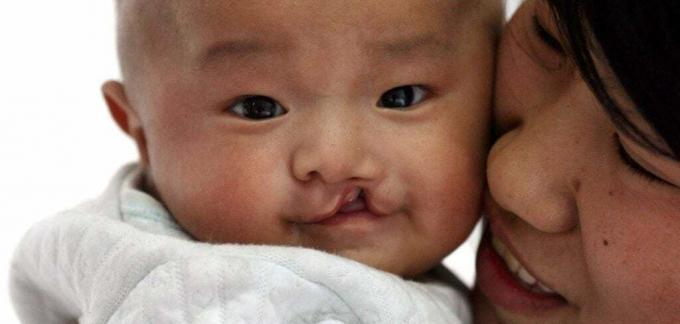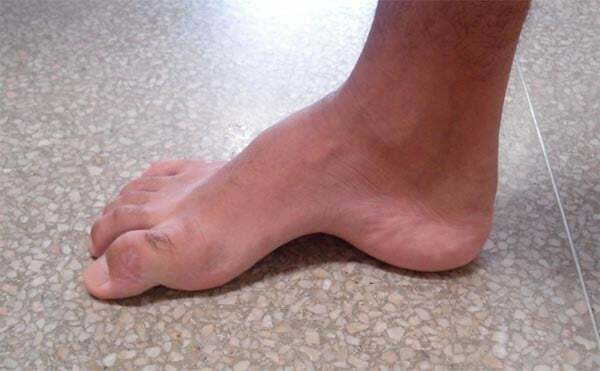You chromosomes are the structures that have genes. Genes are the individual instructions that tell our bodies how to develop and function. They govern physical and medical characteristics such as hair color, blood type and susceptibility to disease.
Many chromosomes have two segments, called "arms," separated by a pinched region known as a centromere. The shorter arm is called the “p” arm. The longer arm is called the “q” arm.
see more
Biology teacher fired after class on XX and XY chromosomes;…
Cannabidiol found in common plant in Brazil brings new perspective…
The typical number of chromosomes in a human cell is 46: 23 pairs, holding an estimated total of 20,000 to 25,000 genes. One set of 23 chromosomes is inherited from the biological mother (from the egg), and the other set is inherited from the biological father (from the sperm).
Of the 23 pairs of chromosomes, the first 22 pairs are called "autosomes". The final pair is called the "sex chromosomes". Sex chromosomes determine an individual's sex: females have two X chromosomes (XX), and males have one X and one Y chromosome (XY). The mother and father contribute a set of 22 autosomes and a sex chromosome.
Most chromosomal abnormalities occur as an accident in the egg or sperm. In these cases, the abnormality is present in every cell in the body. Some abnormalities, however, happen after conception; so some cells have the abnormality and some don't. Check below some chromosome related diseases:
1 Wolf-Hirschhorn Syndrome

Wolf-Hirschhorn syndrome is caused by deletion of the distal short arm of chromosome 4. Key features of the disorder include a distinctive facial appearance, delayed growth and development, intellectual disability, and seizures.
2 Jacobsen Syndrome

Jacobsen syndrome, also known as 11q deletion disorder, results from a loss of genetic material from the end of the long arm of chromosome 11.
The signs and symptoms of this condition vary, but most individuals experience a delay in the development of motor skills and speech cognitive impairments learning difficulties and some problems behavioral.
3 angelman syndrome

Angelman syndrome (AS) happens when the deletion or inactivation of genes on chromosome 15 inherited by the mother causes the paternal copy, which may be of normal sequence, to be printed and muted.
AS is characterized by intellectual and developmental delays, sleep disturbances, seizures and jerky movements, frequent laughing or overly happy behavior.
4 turner syndrome

Turner syndrome (TS) occurs when one of the two X chromosomes in females is missing or incomplete. The most common symptoms are short stature and gonadal dysgenesis, which can lead to incomplete sexual development, ovarian failure and infertility.
5 22q11.2 deletion syndrome

22q11.2 deletion syndrome is caused by deletion of a small piece of chromosome 22 near the middle of the chromosome.
As the signs and symptoms of 22q11.2 deletion syndrome are varied, different clusters of symptoms have been described as completely separate conditions called DiGeorge syndrome, velocardiofacial syndrome, and anomaly face syndrome conotruncal.
6 Triple X Syndrome

Triple X Syndrome is characterized by an extra X chromosome in each of the female cells. It does not cause any unusual physical appearance, but it is associated with an increased risk of learning disabilities and delayed development of speech and language skills.
7 Williams Syndrome

Williams syndrome is caused by a deletion of genetic material from portions of the long arm of chromosome 7, a region that consists of more than 25 genes.
Researchers have identified some of the specific genes related to Williams syndrome, but the relationship between most of the genes in the deleted region and the symptoms of Williams syndrome is still unknown.
8 cri du chat syndrome

Cri du Chat syndrome results from a missing piece of chromosome 5. Symptoms include a high-pitched cry that sounds like a cat, downward slanting of the eyes, fusion of fingers or toes, and slow or incomplete motor development.
9 Trisomy 13 – Patau Syndrome

Trisomy 13, also called Patau syndrome, is a disorder in which an individual has three copies of genetic material from chromosome 13 instead of two.
It can occur in three forms: Trisomy 13, which has a third chromosome 13 in every cell; Trisomy 13 mosaicism, which has a third chromosome 13 in some cells; and partial trisomy, which has the presence of part of an extra chromosome 13 in the cells.
10 Trisomy 18 – Edwards Syndrome

Trisomy 18 or Edwards syndrome occurs when a person has a third copy of material from chromosome 18 instead of the usual two copies.
Some symptoms include clenched hands, feet with a rounded bottom, mental impairment, underdeveloped fingernails and an unusually shaped chest.
11 cat eye syndrome

For individuals with cat-eye syndrome, the short arm (known as 22p) and a small region of the long arm (22q) of chromosome 22 are present three or four times instead of twice.
Features of the disorder include mild growth retardation before birth, mild mental impairment, and malformations of the facial region, heart, kidneys, and anal region.
12 Trisomy 16

Trisomy 16 occurs when an individual has three copies of chromosome 16 instead of the usual two and is the most common chromosomal cause of miscarriage during the first trimester of pregnancy.
Mosaic trisomy 16 is a rare disorder in which an extra chromosome 16 is present in some, but not all, cells. Some common symptoms include intrauterine growth retardation (IUGR) and congenital heart defects.
13 Charcot-Marie-Tooth disease

Charcot-Marie-Tooth disease (CMT) is the most common inherited neurological disorder and is caused by genetic mutations. CMT1A results from a duplication of the gene on chromosome 17 that contains instructions for making peripheral myelin proteinin-22.

